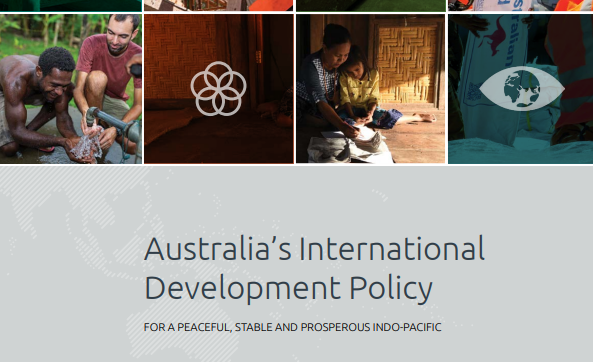After many months of delay, last Tuesday the Australian government unveiled its new International Development Policy, signaling a renewed commitment to collaboration and partnership with the communities within its region and beyond. The launch was well attended by members of the international development sector, including government officials, diplomats, and representatives of various organizations.
Secretary of DFAT, Jan Adams, underscored the comprehensive nature of the policy, praising the collaborative effort of various departments and divisions within the government. She highlighted the increasing complexity of development tools, the expansion of the development budget, and the need for heightened vigilance in challenging environments. The government seeks to enhance its development capability to fulfill new commitments effectively.
Minister Penny Wong emphasized the significance of listening to partner countries’ priorities in shaping the policy. She stressed the importance of sovereignty and partnership, particularly respecting the agency of each nation. Wong also discussed the pressing challenges faced by the region, including climate change and geopolitical tensions, asserting Australia’s commitment to fostering cooperation and achieving the UN’s Sustainable Development Goals (SDGs).
In a detailed address, Minister Pat Conroy outlined the government’s unique approach to development assistance. He highlighted five key principles:
- It’s based on the priorities of our partners.
- We are transparent.
- It is not transactional, it does not come with strings attached.
- Uses every opportunity to drive local employment procurement and skills development.
- Is a high quality offering
Key Policy announcement include a commitment to climate action and gender equality as central tenets of the new strategy. Projects exceeding $3 million are mandated to incorporate objectives related to these crucial areas, reflecting Australia’s commitment to sustainability and inclusivity.
The policy’s announces a Humanitarian Strategy will be developed in response to the growing complexities and uncertainties of our times. Recognizing the pressing need for coordinated humanitarian efforts in times of disasters and crises, the strategy will aim to address these challenges through effective and comprehensive action.
Another significant initiative is the establishment of the Civil Society Partnerships Fund. This fund is designed to reinforce robust civil society networks within the region, prioritizing collaborative efforts that empower communities and enhance developmental outcomes. This marks a pivotal step in fostering partnerships that transcend traditional governmental boundaries.
The Launch also included the release of the Performance and Delivery Framework. This framework encompasses four main elements: enhanced country and regional planning through deeper consultations and shared objectives, an expanded set of performance indicators with a three-tier approach, strategic partnership agreements with multilateral organizations, and investment-level monitoring and evaluation systems.
Alongisde this, the Development Finance Review was also released, introducing measures to amplify the impact of development investments. The establishment of the Australian Development Investments, a fund catalyzing private impact investment, building on the current Emerging Markets Impact Investment Fund (EMIIF) was the key announcement within the review. While it also emphasized partnerships with civil society, non-governmental organizations, and multilateral institutions.
To policy has been well received, with some areas of deliberation, by the sectors. For a summary of key responses, check out InDev collation: Reactions to the New International Development Policy for Australia


